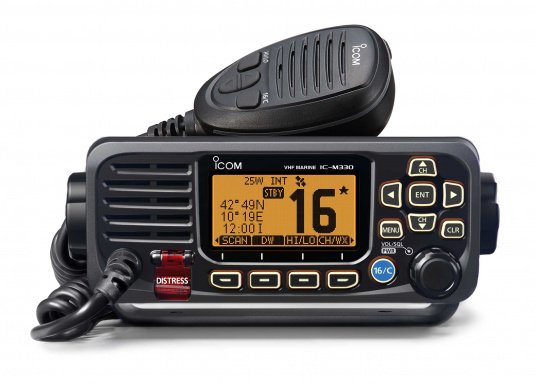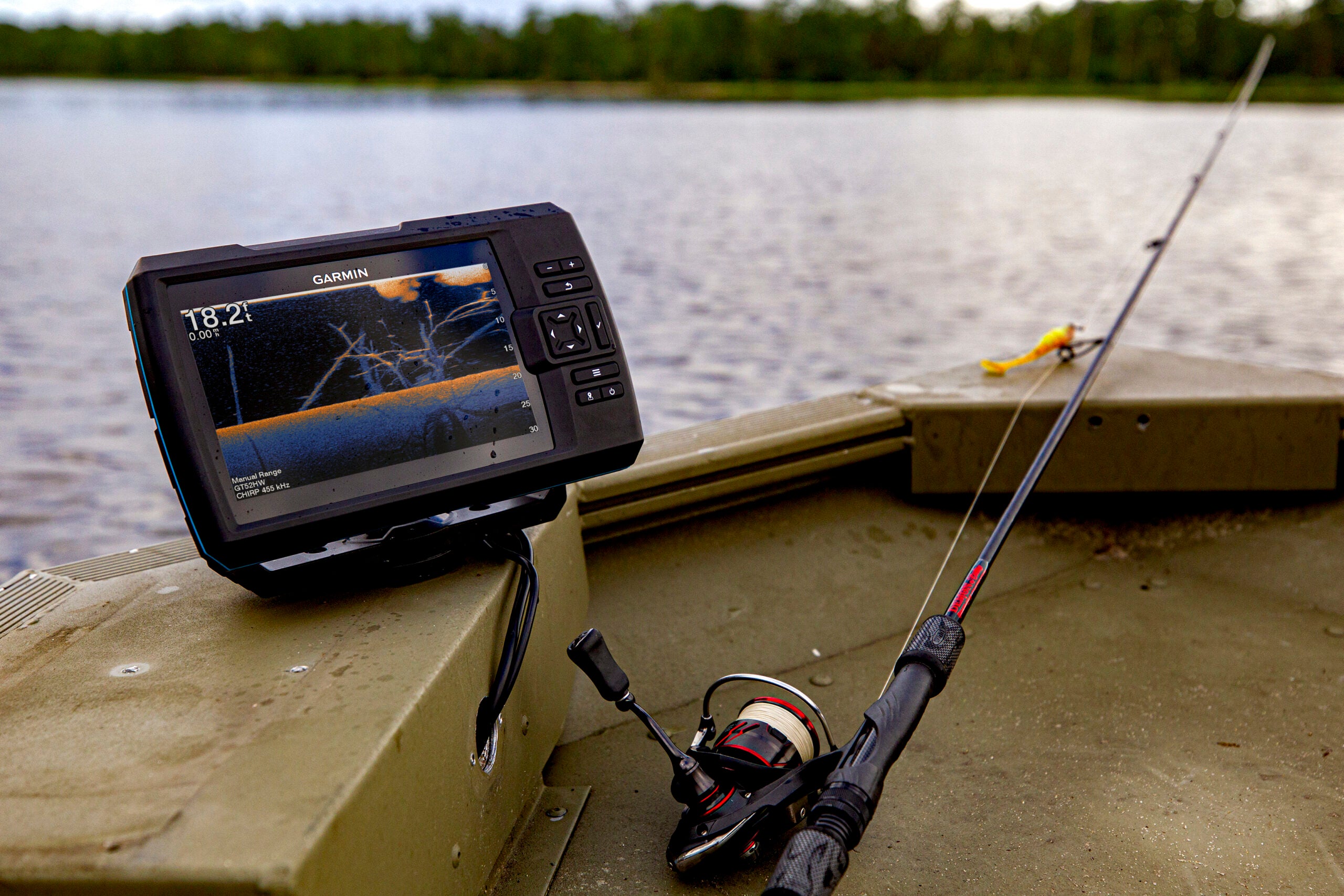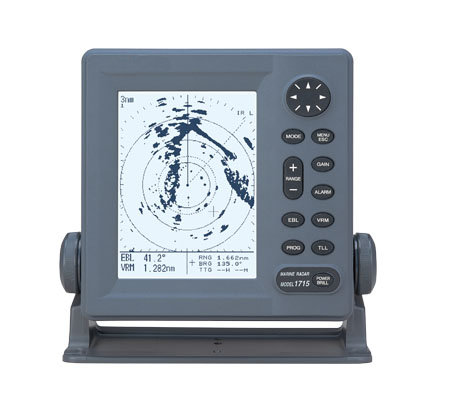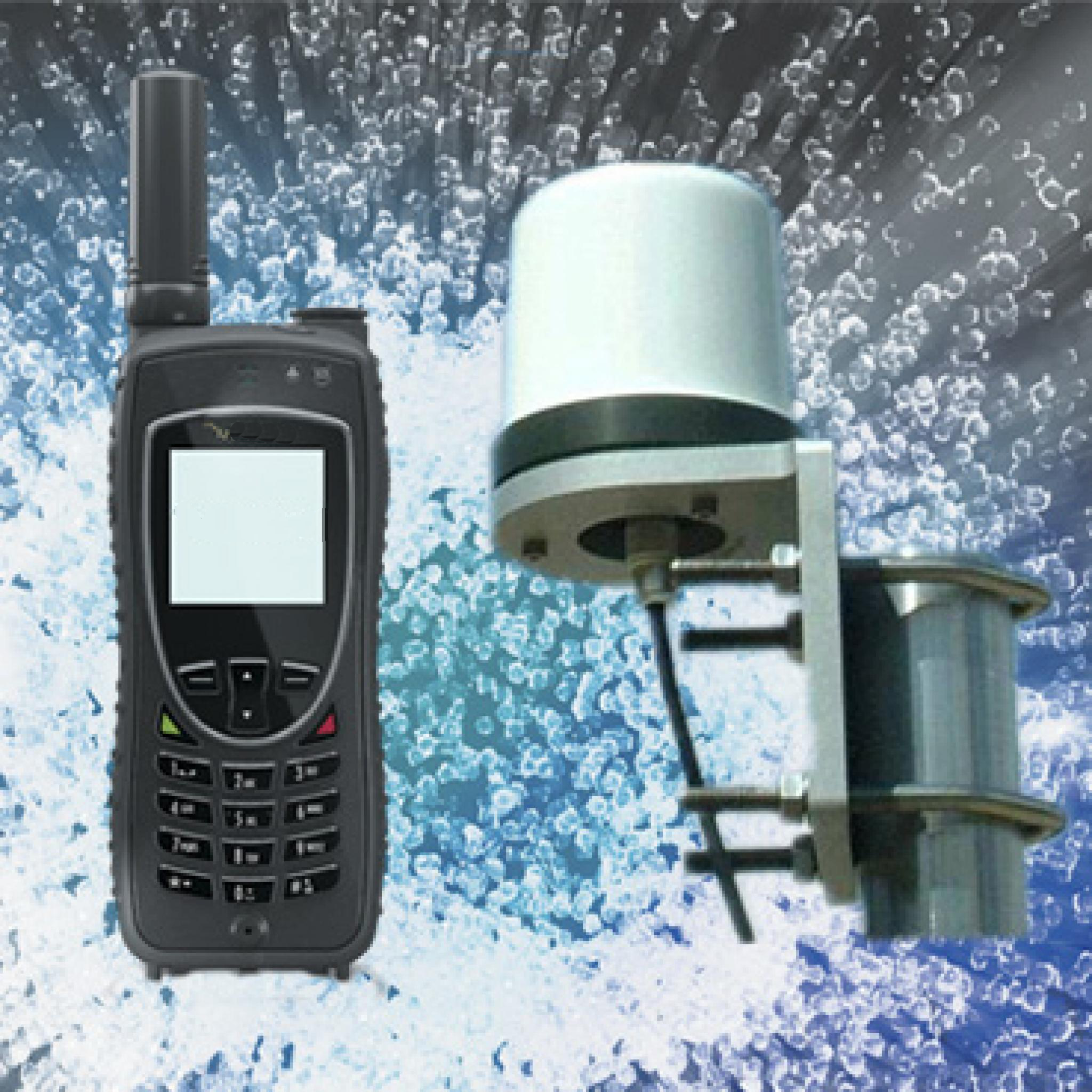MARINE TECHNOLOGY
Marine VHF

Marine VHF is installed on all large ships and most seagoing small craft. It is used for a wide variety of purposes, including summoning rescue services and communicating with harbours, locks, bridges and marinas, and operates in the very high frequency (VHF) range, between 156 and 162.025 MHz. A marine VHF set is a combined transmitter and receiver and only operates on standard, international frequencies known as channels.
Fish finders

A fishfinder or sounder is an instrument used to locate fish underwater by using SONAR.
A modern fishfinder displays measurements of reflected sound on a graphical display, allowing an operator to interpret information to locate schools of fish,
underwater debris, and the bottom of a body of water.
Fishfinder instruments are used both by sport and commercial fishermen. Modern electronics allow a high degree of integration between the fishfinder
system, marine radar, compass and GPS navigation systems.
Marine Radar

Marine radars are X band or S band radars on ships, used to detect other ships and land obstacles, to provide bearing and distance for collision avoidance and navigation at sea.
They are electronic navigation instruments that use a rotating antenna to sweep a narrow beam of microwaves around the water surface surrounding the ship
to the horizon, detecting targets by microwaves reflected from them, generating a picture of the ship's surroundings on a display screen.
Radar is a vital navigation component for safety at sea and near the shore.
Captains need to be able to maneuver their ships within feet in the worst of conditions and to be able to navigate "blind",
when there is no visibility at night or due to bad weather.
Marine VSAT

Satellite phones give you the piece of mind of being able to access a satellite signal wherever you are in the world - pole to pole - no other phone can give you that piece of mind.


